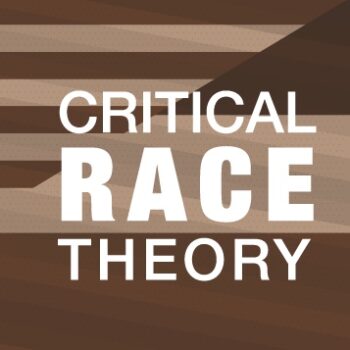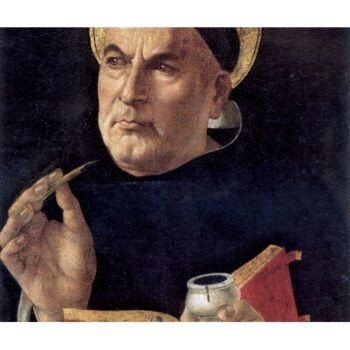“The ordering, the same for all, no god nor man has made, but it ever was and is and will be: fire everliving, kindled in measures and in measures going out” (K 37; R, DK, & S 30)
Ours is an eternally self-ordered world. It’s the same for all–that is, it aligns with one principle, not admitting the truth of contradictory accounts unless they are part of a more comprehensive unified account of things. The law of the excluded middle, the law of identity–philosophers will later add a myriad of concrete ideas to the list of logical features in accord with which the world orders itself.
This fragment contains many striking ideas, but many are of the type of metaphysics that most of us are content to say Kant put to rest: Is the world eternal or did it originate in time? Plausible arguments may be offered for either view. How could we know? Here, though, at odds with a Kantian or modern constructivist worldview, or even with ancient Taoism, the ordering of the world into one of distinct objects is not, as Kantians would have it, that the human mind simply imposes an order on a neumenal reality that we cannot know. Nor is it, as the Taoists are wont to maintain, that we apply words to reality, imposing a conventional order on it in this way. The world has its own order. Neither is this order imposed by a god. The Heraclitian view is much more that the earth is itself is internally divinely ordered.
Our intellectual task is to form sound judgments about that and to align our lives with a principle of that order. In this fragment, Heraclitus implies a distinction between appearance and reality, or at least a view of layers of reality. In accord with all appearances, we exist in a world of objects. In order to achieve sound judgment, Heraclitus urges us to look beyond that. Today, searching for an underlying true account of things, in the spirit of the Ionian natural philosophers, we would look to particle physics. Or we might point to chemical elements? The equivalent for Heraclitus is fire. Heraclitus is at times read as viewing it as the sole element, at other times as seeing it as the transformative element that passes into or through other elements–water, earth (some add air). Beyond our world of appearances, there is a world of reality, the world of elements that comprise the objects of experience. The sound judgment that we are to form is one that allows us to push beyond the common sense experience, to see the elemental level of reality. This is a view of greater objectivity, the divine sound judgment.
But the, for us, metaphorical image of fire here serves to illuminate the metaphysical: Fire is the element characterized by constant change and motion. Water, air, earth–these we can view as stable elements. Not so, fire. In all, Heraclitus points to an underlying elemental reality of things–objects are made of elements, with fire as the key element. Reality is also characterized by a process that fire for us so well symbolizes. The world is an interlinked whole that unfolds in a process of continual transformation, perhaps with a dialectical quality (as Heraclitus says, “kindled in measures, in measures going out”).

